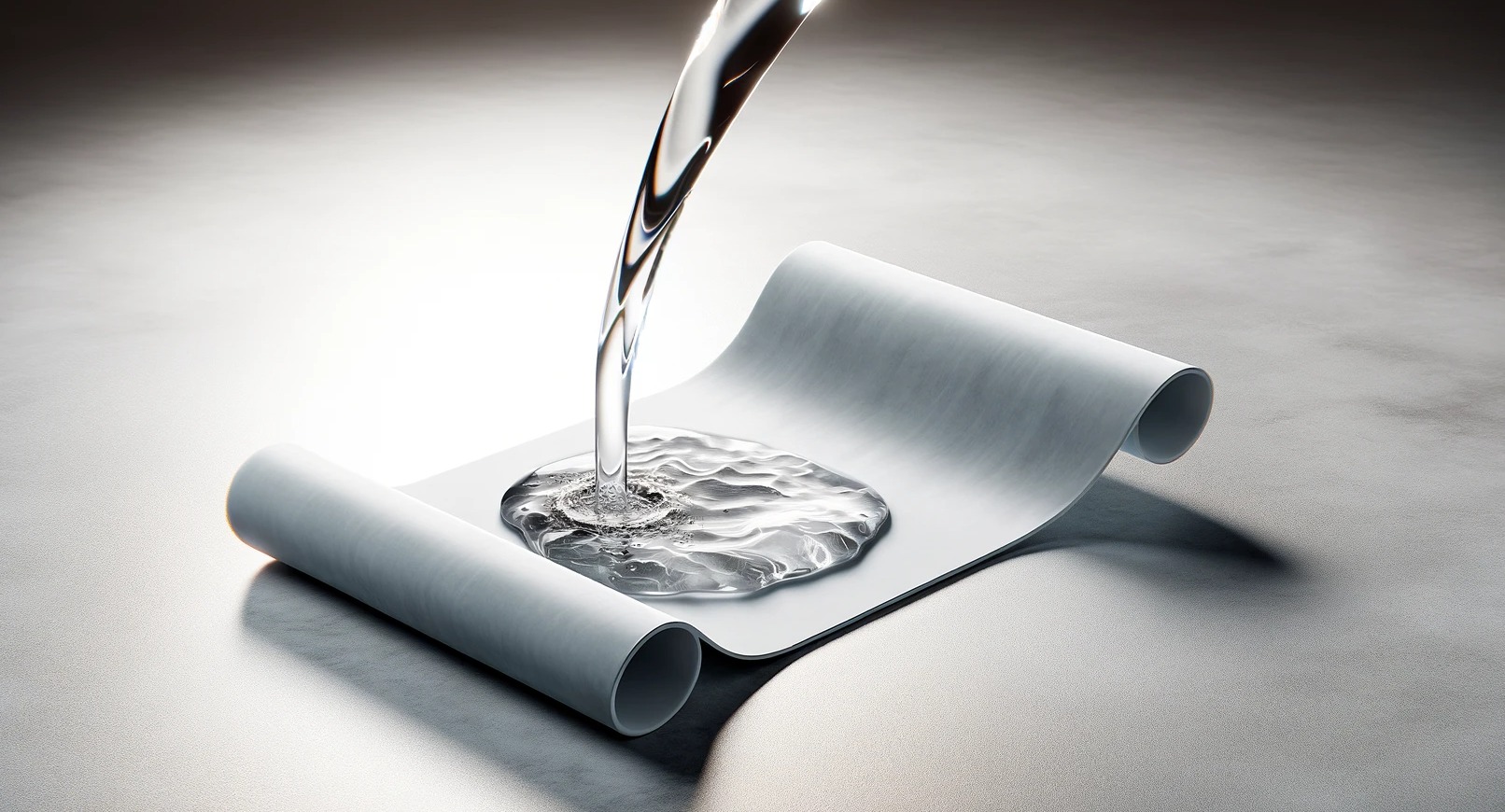Battery Tech Article
Low-Cost and Flexible Water-Activated Primary Batteries

Technology Overview
Recently, the rising adoption of Internet of Things (IoT) devices and portable electronics has made electronic waste (e-waste) pollution worse, especially when small and low-power IoT devices are single-use only. As such, low-cost and environmentally friendly power sources are in high demand.The technology owner has developed an eco-friendly liquid-activated primary battery for single-use and disposable electronic devices. The battery can be activated by any aqueous liquid and is highly customisable to specific requirements (i.e., shape, size, voltage, power) of each application. This thin and flexible battery can be easily integrated into IoT devices, smart sensors, and medical devices, providing a sustainable energy solution for low-power and single-use applications.The technology owner is keen to do R&D collaboration and IP licensing to industrial partners who intend to use liquid-activated batteries to power the devices.
Technology Features & Specifications
The technology is a single-use and non-rechargeable battery that can be instantly activated by any aqueous liquid (e.g., water, fruit juice, soft drink, etc.) as well as all types of body fluids (e.g., blood, saliva, urine, sweat, bile, etc.).The features of this technology are: Customisable shape, size, and power (1.5 to 6.0 V at 4 to 50 mW) Ultra-thin and flexible (<1 mm in thickness) Lightweight (when dry) High energy density (less than 5 mm2 for low-power application: 1.5 V, 2 mAh) Indefinite pre-activation shelf-life (no self-discharge) Non-toxic and biocompatible (safe for human beings) Environmentally friendly (no disposal pollution)
Potential Applications
This inherently safe and non-toxic battery can be widely applied in MedTech applications, disposable IoT, smart sensors, and low-power electronics. The potential applications include but are not limited to: Medical devices: digital pills, ingestible sensors, smart bandages, wearable biosensors, in-vitro diagnostics (IVDs), body fluid testing, etc. Disposable IoT: Bluetooth Low Energy (BLE) chips, microprocessors, wireless sensors (pH, temperature, humidity), micromotors, LEDs, heaters, etc. Other low-power electronics: smart labels, electronic skin patches, cold chain monitoring, smart packaging, etc.
Benefits
The technology offers the following unique features: Highly customisable for different applications Thin and flexible (adaptable to various designs) Long shelf-life (can be sealed for a very long time) Biocompatible (can be safely consumed) Environmentally friendly and non-toxicThe technology owner is keen to do R&D collaboration and IP licensing to industrial partners who intend to use liquid-activated batteries to power the devices.
Key information
Technology Category- Energy - Battery & SuperCapacitor
- Healthcare - Medical Devices
- Infocomm - Internet of Things
ID Number: TO174840
Source: IPI Singapore
